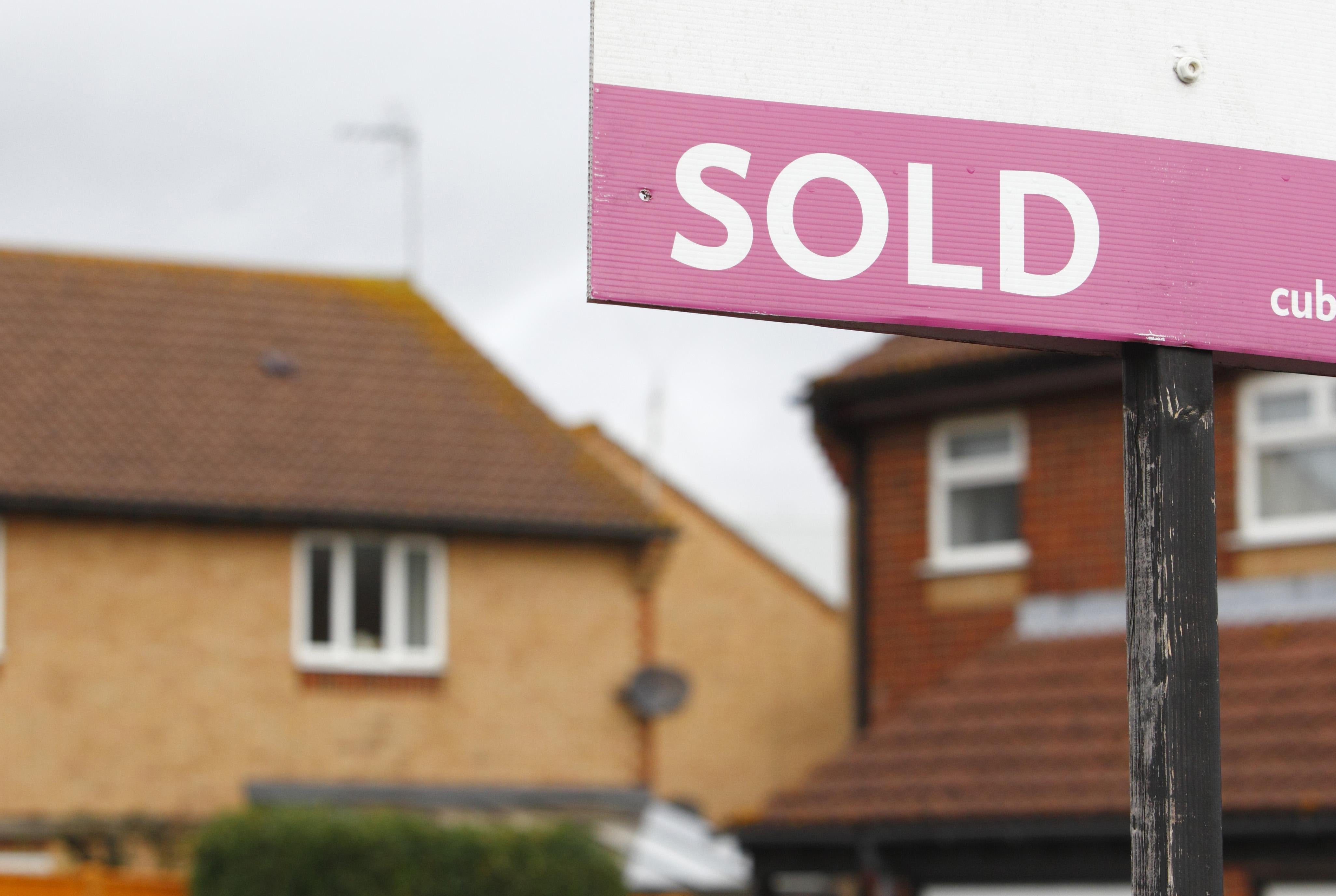£10,000 fall in average UK house price as stamp duty holiday tapered
The average price was £255,535 in July, down from a record in June when the full stamp duty holiday ended, the ONS said.

Your support helps us to tell the story
From reproductive rights to climate change to Big Tech, The Independent is on the ground when the story is developing. Whether it's investigating the financials of Elon Musk's pro-Trump PAC or producing our latest documentary, 'The A Word', which shines a light on the American women fighting for reproductive rights, we know how important it is to parse out the facts from the messaging.
At such a critical moment in US history, we need reporters on the ground. Your donation allows us to keep sending journalists to speak to both sides of the story.
The Independent is trusted by Americans across the entire political spectrum. And unlike many other quality news outlets, we choose not to lock Americans out of our reporting and analysis with paywalls. We believe quality journalism should be available to everyone, paid for by those who can afford it.
Your support makes all the difference.The average UK house price plunged by around £10,000 between June and July as a full stamp duty holiday ended.
The price was £255,535 in July, according to the Office for National Statistics (ONS) – around £19,000 higher than a year earlier but nearly £10,000 lower than a record of £265,448 in June.
The full discounts available under the stamp duty holiday in England and Northern Ireland ended when the holiday was tapered from the start of July and the “nil rate” band was reduced.
A similar tax holiday in Wales ended on June 30.
The ONS report said: “As the tax breaks were originally due to conclude at the end of March 2021, it is likely that March’s average house prices were slightly inflated as buyers rushed to ensure their house purchases were scheduled to complete ahead of this deadline.
“This effect was then further exaggerated in June 2021, in line with the extension to the holiday on taxes paid on property purchases in England, Wales and Northern Ireland.”
HM Revenue and Customs (HMRC) figures recently showed house sales in July fell to 73,740, following a record 198,420 in June.
In further signs of a slowdown, the Bank of England previously reported 75,200 home buyer mortgages were approved in July, down from 80,300 in June.
From October 1, stamp duty thresholds will revert to normal levels, ending the holiday completely.
Annual house price growth slowed to 8% in July following a 13.1% increase in June, the figures showed.
Average prices increased over the year in England to £271,000 (7% growth), in Wales to £188,000 (11.6%), in Scotland to a record £177,000 (14.6%) and in Northern Ireland to £153,000 (9%).
The data reflects the comedown from an artificial boom encouraged by the temporary reduction in stamp duty
The North East was the English region with the highest annual growth, with average prices increasing by 10.8% in the year to July to reach £145,000.
The lowest growth was in London at 2.2%.
The capital’s average price remains the most expensive of any region in the UK at £495,000.
Anna Clare Harper, CEO of property consultancy SPI Capital, said: “The data reflects the comedown from an artificial boom encouraged by the temporary reduction in stamp duty.
“Investors, homeowners, solicitors and banks pushed hard to get transactions done in time for buyers to capitalise on lower transaction costs. This was followed by a slowdown in pace.”
Gabriella Dickens, senior UK economist at Pantheon Macroeconomics, said the slowdown “marks the start of a deceleration that is set to continue over the rest of the year, following the full reversal of the (stamp duty land tax) threshold back to £125,000 at the end of this month and the impending pressure on households’ real incomes from higher CPI (Consumer Prices Index) inflation and the withdrawal of the furlough scheme”.
Separate figures released by the ONS on Wednesday showed CPI inflation jumped from 2% in July to 3.2% in August – the highest since March 2012.
Nitesh Patel, strategic economist at Yorkshire Building Society, said: “For many first-time buyers the whole process of realising their dreams of homeownership has become a whole lot more difficult.
“The price of a typical first-time buyer home has grown by 7.7% year-on-year to £214,237 in July.
“If they want to put down a deposit of 10% they now need to save £21,423 compared to £19,318 before the start of the pandemic in February 2020.
“While some will have benefited from keeping their jobs and perhaps boosting their savings, others will have been less fortunate.”